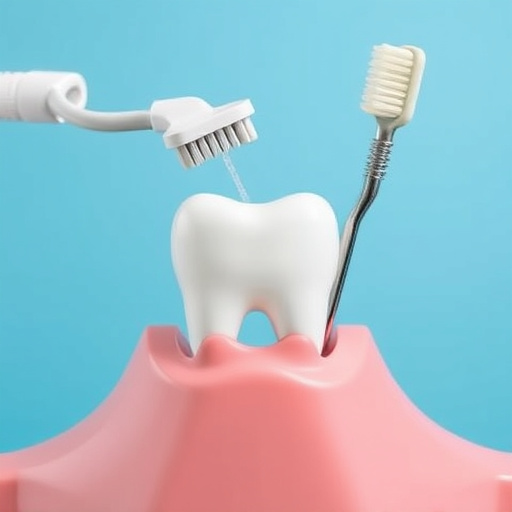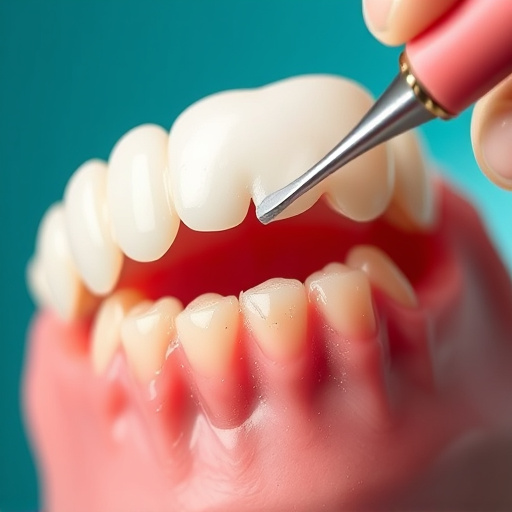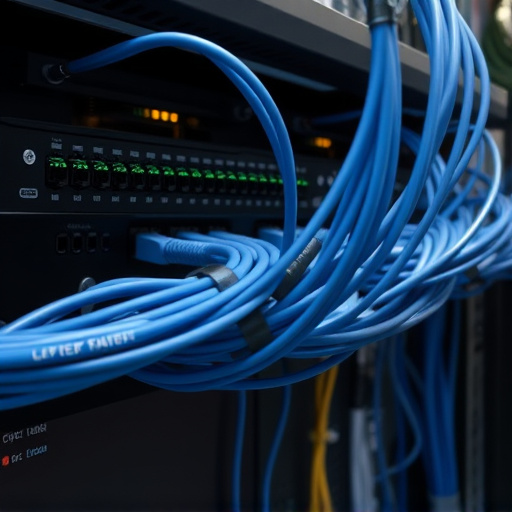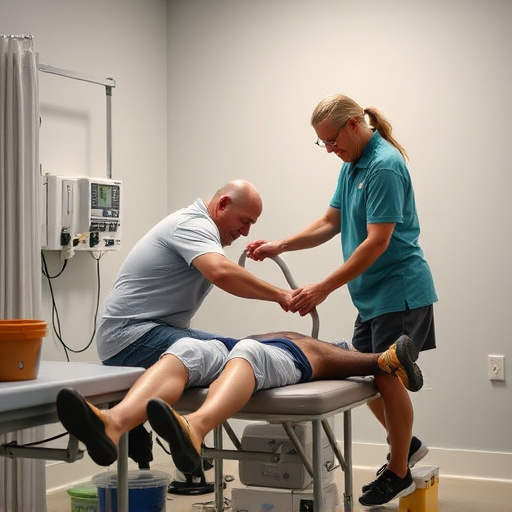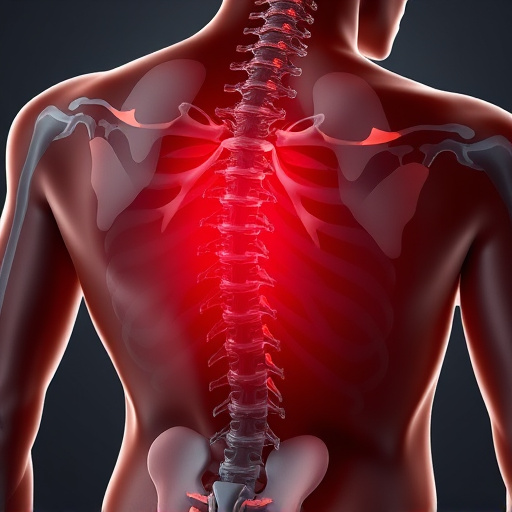Shockwave therapy for pain is a revolutionary, non-invasive treatment using acoustic waves to heal muscle, tendon, and ligament injuries. By triggering micro-ruptures in damaged tissues, it stimulates blood vessel growth, enhances nutrient delivery, and promotes new tissue production, effectively alleviating pain and improving mobility with minimal side effects. This holistic method integrates targeted exercises for more substantial and lasting recovery results from soft tissue injuries, making it a preferred choice for athletes and those seeking active rehabilitation.
Discover the revolutionary potential of shockwave therapy for pain management and tendon healing. This non-invasive treatment is gaining traction in modern medicine as a powerful tool for alleviating chronic pain and accelerating tissue repair. By using concentrated sound waves, shockwave therapy prompts the body’s natural healing response, offering a promising alternative to conventional treatments. Read on to explore its mechanisms, benefits, and considerations, unlocking the secrets behind this game-changing approach to pain relief.
- Understanding Shockwave Therapy: Unlocking the Potential for Pain Relief
- How Does Shockwave Therapy Work for Tendon Healing?
- Benefits and Considerations: Exploring Shockwave Therapy's Role in Modern Medicine
Understanding Shockwave Therapy: Unlocking the Potential for Pain Relief

Shockwave therapy for pain has emerged as a groundbreaking non-invasive treatment option, harnessing the power of acoustic waves to stimulate healing and alleviate discomfort. This innovative approach is particularly effective in addressing various conditions affecting muscles, tendons, and ligaments, making it a valuable tool in functional rehabilitation. By accelerating the natural repair process, shockwave therapy can significantly speed up recovery from auto accidents or sports-related injuries, including soft tissue injuries that often go untreated due to their complex nature.
The technology behind shockwave therapy involves emitting low-intensity acoustic waves, known as shockwaves, which penetrate deep into the body’s tissues. These shockwaves create micro-ruptures in damaged tissue, stimulating a healing response similar to that triggered after physical trauma. This process promotes blood vessel growth, increases nutrient delivery to injured areas, and boosts the production of new, healthy tissue, ultimately reducing pain and improving mobility. It is a safe and effective method with minimal side effects, making it an attractive alternative for those seeking relief from chronic or acute pain without resorting to invasive procedures.
How Does Shockwave Therapy Work for Tendon Healing?

Shockwave therapy for tendon healing works by using acoustic waves to stimulate a natural healing response within the body. These high-energy sound waves penetrate deep into tissues, causing microtraumas in the damaged tendon. This controlled injury triggers a series of biological processes that promote tissue repair and regeneration. By increasing blood flow and stimulating the release of growth factors, shockwave therapy accelerates the body’s inherent healing mechanisms, fostering faster recovery and improved tendon strength.
In addition to its direct effects on tendons, shockwave therapy for pain also incorporates therapeutic exercises tailored to enhance mobility and strengthen surrounding muscles. This holistic approach complements the treatment, addressing not just the injured tendon but also supporting overall joint health and function. By combining shockwave therapy with targeted exercises, individuals experiencing soft tissue injuries can expect more significant and lasting results in their journey towards recovery.
Benefits and Considerations: Exploring Shockwave Therapy's Role in Modern Medicine

Shockwave therapy for pain has emerged as a game-changer in modern medicine, offering non-invasive and effective solutions for various conditions. This innovative treatment utilizes low-intensity sound waves to stimulate tissue repair, making it particularly useful for managing chronic muscle pain, tendon injuries, and even headache relief. By promoting natural healing processes, shockwave therapy can significantly enhance recovery time during injury rehabilitation and alleviate symptoms associated with musculoskeletal disorders.
One of its key advantages is the minimal downtime and reduced risk of side effects compared to traditional surgical interventions. The procedure is typically well-tolerated, providing patients with a more comfortable alternative for managing persistent pain. Moreover, shockwave therapy has shown promising results in accelerating muscle recovery and improving overall mobility, making it an attractive option for athletes and individuals seeking active rehabilitation solutions.
Shockwave therapy for pain has emerged as a groundbreaking non-invasive treatment option, offering significant potential for managing chronic conditions and promoting tendon healing. By harnessing the power of acoustic waves, this innovative approach provides a safe and effective alternative to traditional methods. As research continues to evolve, shockwave therapy’s role in modern medicine looks promising, with its benefits ranging from reduced inflammation to accelerated tissue regeneration. However, as with any treatment, considerations and potential side effects must be discussed with healthcare professionals to ensure informed decision-making for optimal results.



